032117_YKMV_A15.pdf







shop online at www.missourivalleyshopper.com
March 21, 2017 • Page 15
National Ag
Week
March 19-25, 2017
Farm and Ranch Management
Goes Beyond Production
Feed Bunk Management
SDSU Extension
and other feedstuff on hand.
a budget for the business as well as
BROOKINGS — Surviving versus
For example, a cattle producer
the family.
thriving in the midst of market lows
would create a list similar to the one
Profit and loss statement: The
depends on management decisions.
below:
profit and loss statement ties togeth“Good producers manage produc• Raised replacement heifers, 700 er actions the operation made, not
tion to the best of their ability; top
pounds.
listed on other financial statements.
producers manage the financial
• Purchased aged bulls, 1900
“The lack of redundancy is one
components of their business in the pounds.
of the beauties of the statements,”
same manner,” said Heather Gess• Raised 3 to 8 year old cows,
Gessner said.
ner, SDSU Extension livestock busi1400 pounds.
The profit and loss statement reness management field specialist.
• Purchased feeder steers, 500
ports the earnings of the operation
Below Gessner outlines some
pounds.
through mathematical addition and
management practices agriculture
Grain and feedstuff examples:
subtraction of income and expense
producers should implement:
• Raised corn, kept for feed.
from the gross income.
• Annually create a balance
• Corn, contracted for March
Examples of items listed on a
sheet, projected cash flow statement delivery.
profit and loss statement include:
and profit loss (income) statement.
• Raised corn stalk large round
• Capital gain/loss.
• Be as familiar with the financial bales, 1200 pounds each.
• Depreciation expense.
standing of the farm or ranch –
• Raised Alfalfa big square bales,
• Non-farm income received.
gross farm income, working capital
1700 pounds each.
• Family living expenses.
www.missourivalleyshopper.com
www.missourivalleyshopper.com
and return on assets – as most farm• Purchased grass hay, large
SDSU Extension provides helpful
ers are familiar with crop yields or
round bales, 1500 pounds each.
resources
weaning weights.
• Purchased mineral blocks, 50
Financial statements provide
If a producer is not currently
pounds each.
the numbers required to create the
creating the financial information for
The inventory list makes up the
financial ratios for the operation.
their operation Gessner asks, “Who
asset side of the balance sheet. The
The ratios can then be monitored
is?”
liabilities side includes all the loans, for changes in trends.
“If the banker or accountant
account payable balances, and other
SDSU Extension’s Financial Percreates these documents for a
money due to creditors.
formance Measures Workbook helps
producer, they are likely to have a
“These balance sheet numbers
agriculture producers easily create
better understanding of the financial are then used to formulate many of
the ratios, which includes graphs for
situation of the operation than the
the financial ratios,” Gessner said.
some of the most commonly used
producer themselves,” Gessner said. “The ratios can provide trend analy- ratios.
“If someone else is creating and
sis of your operation. The trends
This workbook can be found at
maintaining an operation’s financial
can then be monitored to ensure
http://bit.ly/2lyRDKs.
statements, as the owner/operator,
the operation is thriving or provide
“Opportunities will present themagriculture producers need to have
feedback for areas of change.”
selves in the next couple of years
a clear understanding.”
Projected cash flow: The creation for top producers to expand their
Become the manager
of projected cash flow statements
operation or make improvements,”
The start of a new year, Gessner
serves as a planning tool.
Gessner said. “Those individuals
said, is a great time to commit to
“By creating a month-by-month
that take the management side of
becoming better at managing your
cash flow, producers have an entheir operation as seriously as they
business. She suggested starting off
hanced understanding of how much take the production side will not
by creating financial statements.
money is required to cover costs,
only survive low market prices, but
Balance sheets: Take an accurate and when it is needed” Gessner said. may even thrive.”
inventory of everything on your
Cash flow statements can be used
For more information and guidfarm. Count the number of head in
to do everything from making marance, contact Gessner or another
each pen and record them by sex,
keting decisions to maximize price
SDSU Extension livestock or crops
weight, age or other identifiers that
and refinance decisions that change business management field specialwww.missourivalleyshopper.com
www.missourivalleyshopper.com
can be used to place a value on
the due date of loans to coincide
ist. Visit iGrow.org for a complete
them. Also, take inventory of grain
with the marketing plan to provide
staff listing.
www.missourivalleyshopper.com
www.missourivalleyshopper.com
www.missourivalleyshopper.com www.missourivalleyshopper.com
Visit our Web site at
www.missourivalleyshopper.com
Visit our Web site at
www.missourivalleyshopper.com
Visit our Web site at
www.missourivalleyshopper.com
Visit our Web site at
www.missourivalleyshopper.com
www.missourivalleyshopper.com
Obtaining Private Applicator Certification
www.missourivalleyshopper.com
or Recertification in S.D.
HVAC & Electrical Contractors
Amanda Bachmann – iGrow
2017 Private Applicator Certification
Certification courses and exams are available for new and
existing private pesticide applicators. If you plan to apply any
pesticides (herbicides, insecticides, and/or fungicides) to an
agriculture commodity worth $1000 or more, you need to be
certified.
Certification Options: Individuals have two options to obtain
private applicator certification: attend a recertification class,
or complete an online exam. Both options are free of charge.
What to Bring: Private applicator certification requires positive
identification using a government-issued photo ID. Acceptable
forms of identification include but are not limited to a driver’s
license, passport, or military ID. If you are recertifying, please
bring along your existing private applicator certification card
even if the card is expired.
Why Certify? Certification is required by law and it gives you
the tools to apply pesticides properly, safely, and profitably. You
must be competent to read and follow a label, calibrate your
sprayer, and apply pesticides. Certification is good for five years
and allows you to buy and apply general and restricted use
pesticides. A private applicator cannot accept cash for spraying
applications but can trade agricultural services; for example,
you can spray your neighbor’s field if they bale your hay.
Record Requirements: Private applicators must keep
records for two years of all restricted use pesticides that they
apply. While record keeping is required only for restricted use
pesticides, it is good practice to keep records of all pesticide
applications as part of a farm management plan. Record keeping
books and information are available at your local SDSU Extension Office or SDSU Extension Regional Center. Every year, some
applicators are randomly selected for record keeping checks by
the South Dakota Department of Agriculture.
www.missourivalleyshopper.com www.missourivalleyshopper.com
Power Source
Electric
Residential & Commercial
Visit our WebElectricalat
site Contractors
260.8683
www.missourivalleyshopper.com
Divisions of Electair, Inc.
Your Heating & Cooling
Specialists
665.2895
Chris Frick
Doug Dykstra
Visit our Web site at
Lester Swine Facilities
www.missourivalleyshopper.com
New Construction & Remodel Projects
Pinkelman Sales, Inc.
Hartington, NE • 402-254-6529
www.pinkelmansales.com • gpinkelman@hartel.net
Visit our Web site at
www.missourivalleyshopper.com
Visit our Web site at
www.missourivalleyshopper.com
Warren Rusche
SDSU Extension
When it comes to nutritional management of growing
and finishing cattle, the scientific aspects tend to get the
most attention. Hours are spent getting the formulations
right and debating the merits of different ingredients and
additives.
In truth, feeding cattle successfully is as much
art and judgment as science. Judgment is required to
balance between over- and under-feeding. Under-feeding
limits performance and possibly Quality Grade. Feeding
too much increases feed waste and more importantly
can trigger acidosis, poor performance, and increased
death loss.
Tracking Feed Bunk Scores
An SDSU research study conducted by Bierman and
Pritchard (1996) compared cattle fed all they would eat
to those fed just enough so that all the feed was consumed in a 24 h period. They observed that the steers
fed with the slick bunk strategy had similar ADG but
improved feed efficiency compared to the steers fed to
appetite. There was also more variation in ADG among
the steers fed all they would eat, suggesting that some
of the steers may have experienced subclinical acidosis
from over-consumption.
A successful slick bunk feeding program matches dry
matter intake (DMI) to the cattle’s appetite as closely as
possible and keeps DMI consistent from day-to-day. To
do so requires that managers know how much feed has
been delivered previously and a way to track how the
cattle respond. Dr. Robbi Pritchard at SDSU developed
a widely-adopted scoring system to help cattle feeders
monitor eating behavior for a particular pen (Table 1).
A record of bunk scores and feed deliveries will help
identify pens that are right on track, those that should
be offered more feed, and those that should be fed less.
Over a period of 7 to 10 days, seeing bunk score of 1/2
two or three days with scores of zero for the balance of
the period would indicate a good balance between high
intake to support performance with minimal DMI variation.
Table 1. SDSU Feedbunk Scoring System
Score Description
0 No feed remaining in bunk.
0.5 Scattered feed remaining. Most of the bottom of
the bunk exposed.
1 Thin, uniform layer of feed remaining. About 1
corn kernel deep.
2 25 to 50% of feed remaining
3 More than 50% of feed remaining. Crown is
thoroughly disturbed.
4 Feed is virtually untouched. Crown of feed still
noticeable.
Feeding Guidlines
Some guidelines for managing feed deliveries include:
• Feed calls should be made at the same time every
day.
• Feed should be delivered at the same time every
day, ideally within a 15-minute window.
• Do not increase feed offered by more than ¾ pound
of dry matter.
• In adapted cattle, feed should not be increased
more frequently than every third day.
• Remove stale feed; watch for sorting
• Cattle behavior and aggressiveness in coming to the
feed bunk can tell a great deal about whether or not feed
deliveries should be increased.
The Iowa Beef Center at Iowa State University has
recently released an updated Feed Bunk Management
factsheet that covers this subject in much greater detail,
including pictures showing examples of different bunk
scores
- See more at: http://igrow.org/livestock/beef/feedbunk-management/#sthash.jPhNJChi.dpuf
NEW 2017
NEW 2017
NEW 2017
TM
TM
E
R R A N H H E D ID TI I T OI NO N
A N C C
TM
BUILT STRONG TO
BUILT STRONG TO
OUTWORK, OUTPLAY
OUTWORK, OUTPLAY
BUILT STRONG TO
AND OUTLAST THE
AND OUTLAST THE
OUTWORK, OUTPLAY
COMPETITION THE
AND OUTLAST
COMPETITION
COMPETITION
R A N C H
E D I T I O N
Providing farmers
with customized seed
solutions to best meet
their needs in quality,
reliability and overall
field performance.
INTRODUCING THE
INTRODUCING THE
MULE PRO-FX™ RANCH EDITION
MULE PRO-FX™ RANCH EDITION
INTRODUCING THE
MULE PRO-FX™ RANCH EDITION
Forget the rest...ride with the best!
Your
4306 W. 8th St. • Yankton, SD • (605) 665-3500
www.yanktonmotorsports.com
KAWASAKI CARES: Read Owner’s Manual and all on-product warnings. Always wear protective gear appropriate for the use of this
vehicle. Never CARES: Read Owner’s Manual and allor alcohol. Protect the environment. The Kawasaki MULE™ side xfor theisuse of this
KAWASAKI operate under the in?uence of drugs on-product warnings. Always wear protective gear appropriate side an
off-highway vehicle only, and is not designed, equipped or manufactured for use thepublic streets, roads Kawasaki MULE™ side x and is an
vehicle. Never operate under the in?uence of drugs or alcohol. Protect on environment. The or highways. Obey the laws side
regulations thatvehicle only,use of your designed, equipped or manufactured for use on public streets, roads or highways. Obey the laws and
off-highway control the and is not vehicle. ©2016 Kawasaki Motors Corp., U.S.A.
KAWASAKI CARES: Read Owner’s vehicle. ©2016 Kawasaki warnings. Always wear
regulations that control the use of your Manual and all on-product Motors Corp., U.S.A. protective gear appropriate for the use of this
vehicle. Never
17MULPFXR6X5C operate under the in?uence of drugs or alcohol. Protect the environment. The Kawasaki MULE™ side x side is an
off-highway vehicle only, and is
or manufactured
on public
17MULPFXR6X5Ccontrol the use not designed, equipped Kawasaki Motorsfor use U.S.A. streets, roads or highways. Obey the laws and
regulations that
of your vehicle. ©2016
Corp.,
17MULPFXR6X5C
Scott Nedved
Seedsmen
Frank Nedved
605-660-5353 • www.n2seed.com




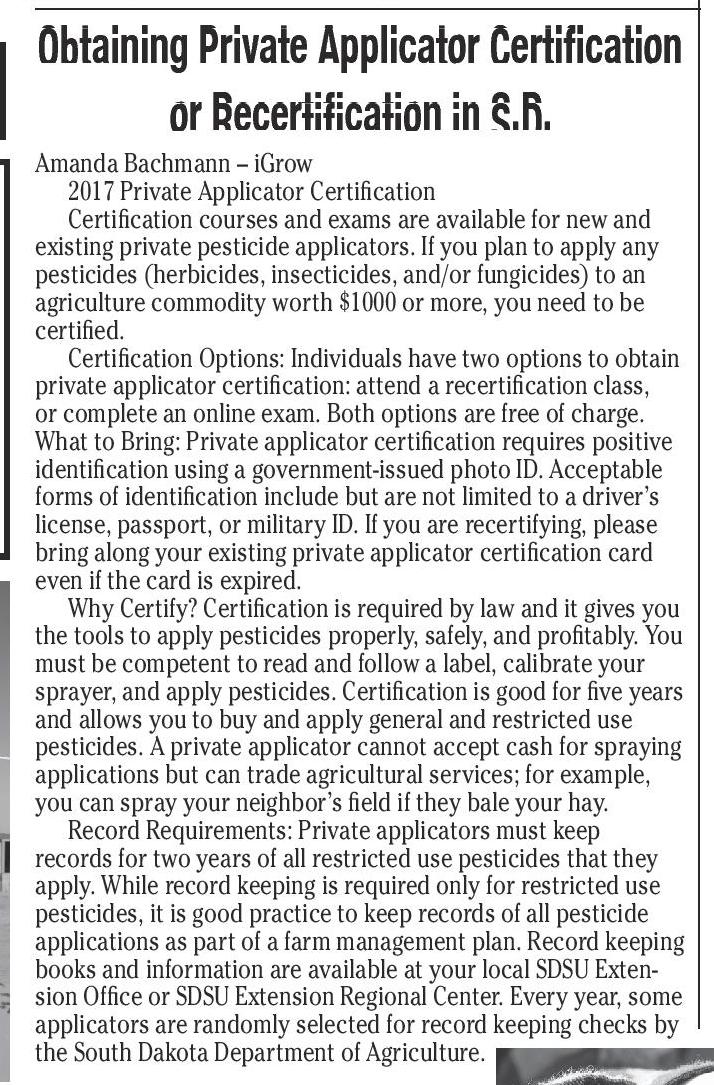

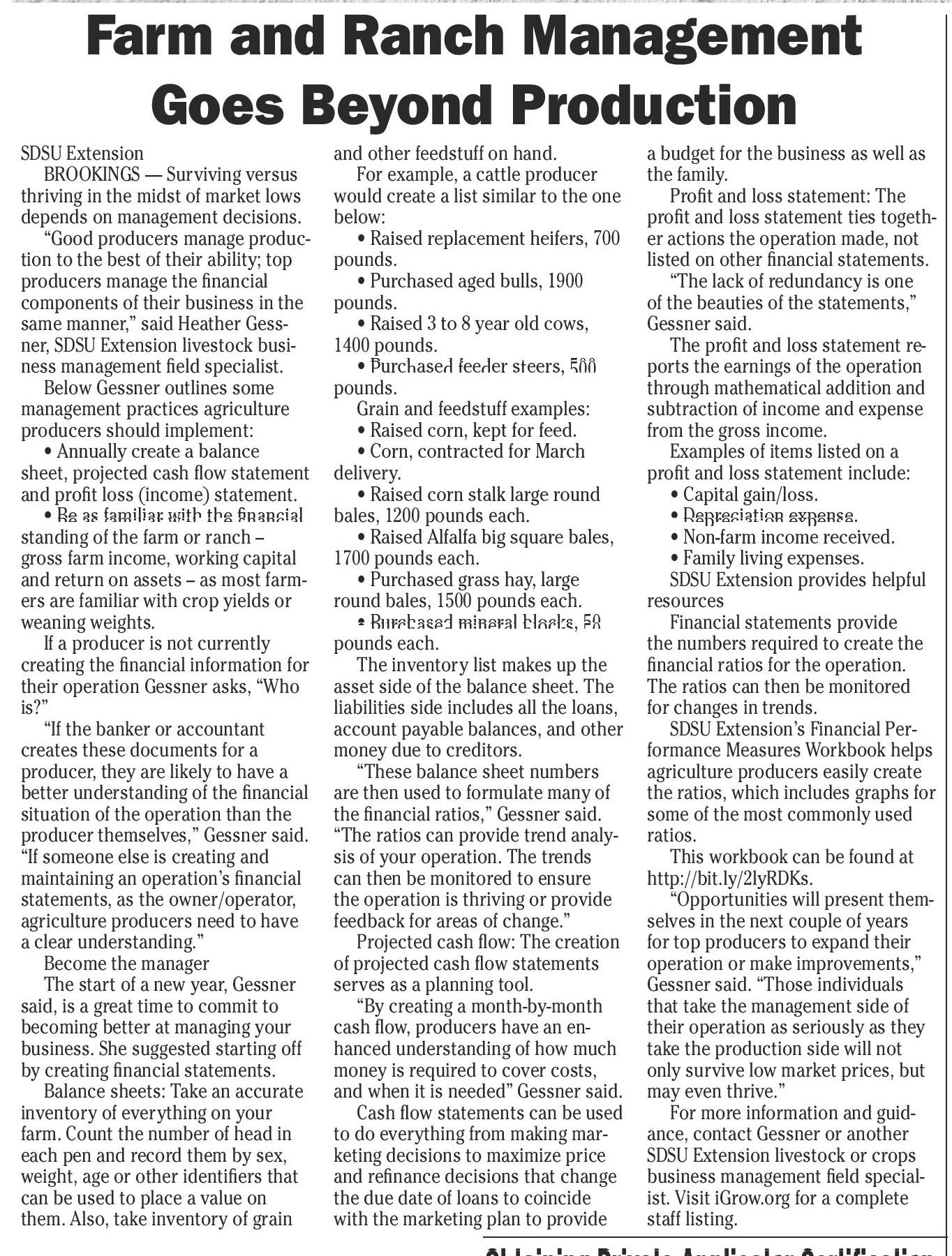





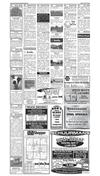




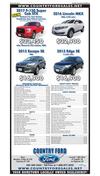



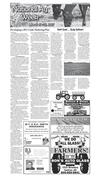

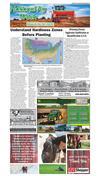
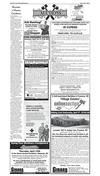

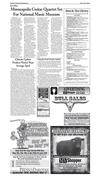

 Previous Page
Previous Page





